Tuesday, December 12th 2023
In 1914, a specialized telescope company in Germany created the prototype of a photographic camera that would mark a before and after in the world of photography. It was a small, portable, fast, and easy-to-use machine that used a 35mm roll, something very different from cameras of that time. Years later, in 1925, this prototype would be commercialized under the name “Ur-Leica.”
With this model, Leica entered the world of photography. Due to its simplicity, it quickly became the favorite choice of photojournalists of the time, managing to capture historical moments such as Robert Capa’s ‘Death of a Militiaman,’ Henri Cartier-Bresson’s ‘Behind the Gare St. Lazare,’ Alfred Eisenstaedt’s ‘V-J Day in Times Square,’ or ‘Guerrillero Heroico,’ the famous portrait of Che Guevara by Alberto Korda. Over 100 years later, Leica continues to seek innovation, but above all, it aims to capture history as it happened. The rapid advancement of artificial intelligence (AI) has made it increasingly difficult to determine the authenticity of visual content, prompting us to ask, “is this real or was it made by a machine?”

"First image taken from the Ur-Leica by Oskar Barnack 1913, Eisenmarkt, Wetzlar, Germany"
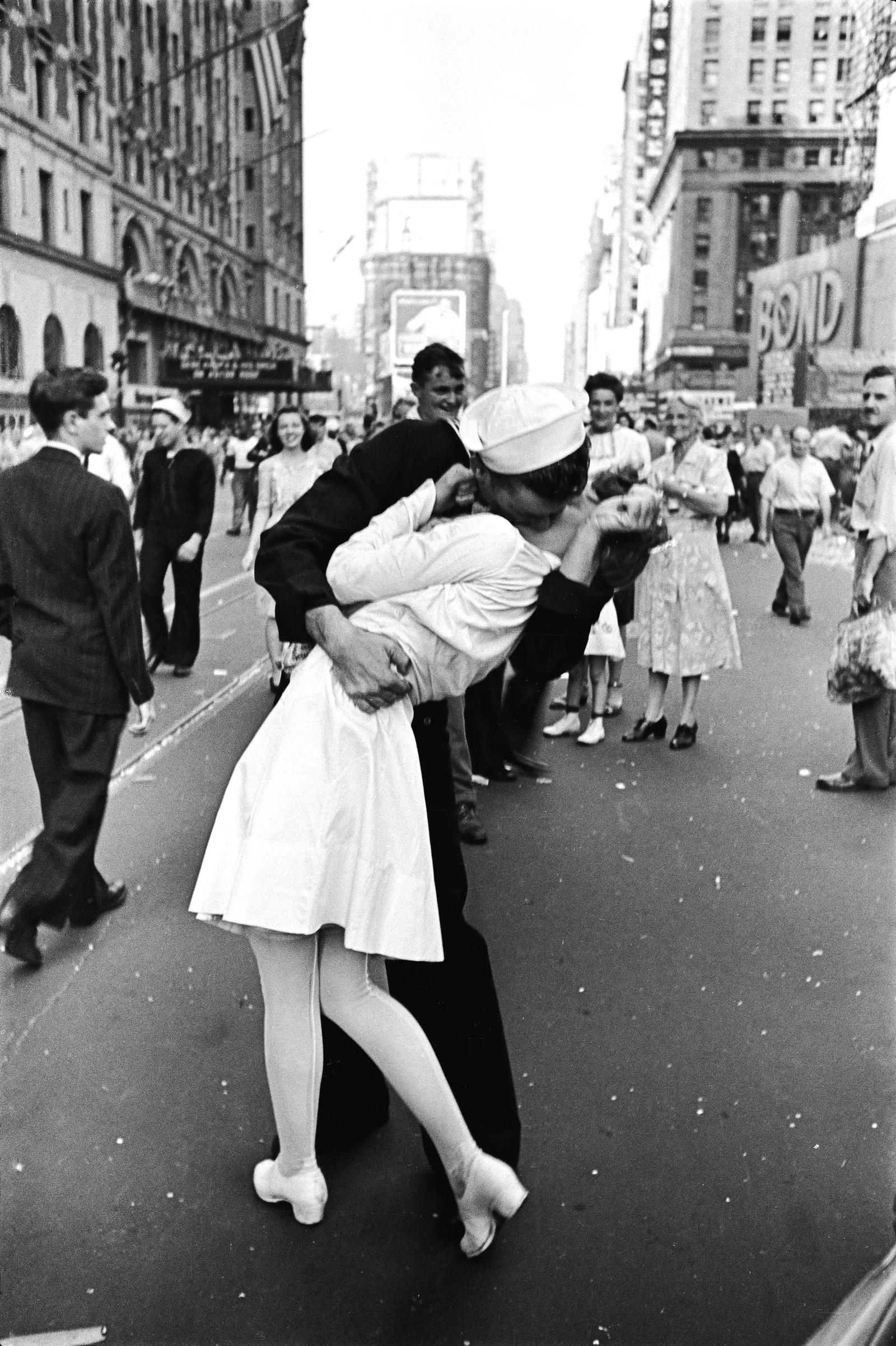
"V-J Day in Times Square is a photograph by Alfred Eisenstaedt"
In the world of photography, AI has also progressed. It can range from a camera, such as the “Paragraphica,” which collects data like geolocation, weather, time, day, etc., to write a prompt that an AI will use to create a photo, to advances in apps like DALL-E, Midjourney, Adobe Firefly, or even new AI tools in design programs like Adobe Photoshop, which with a few instructions can produce images from scratch or edit photographs, recreating things that never existed in seconds.
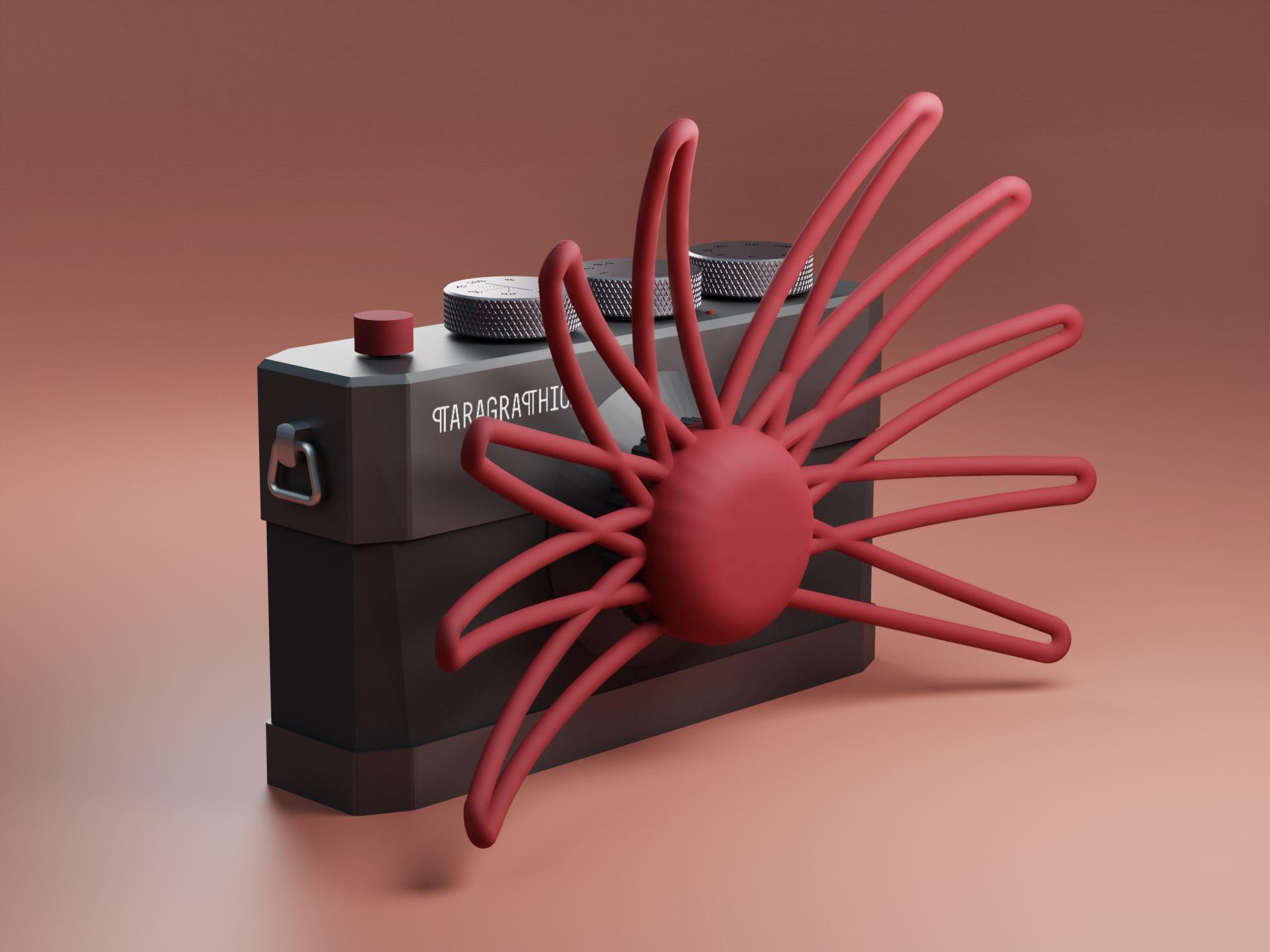
"Paragraphica camera"

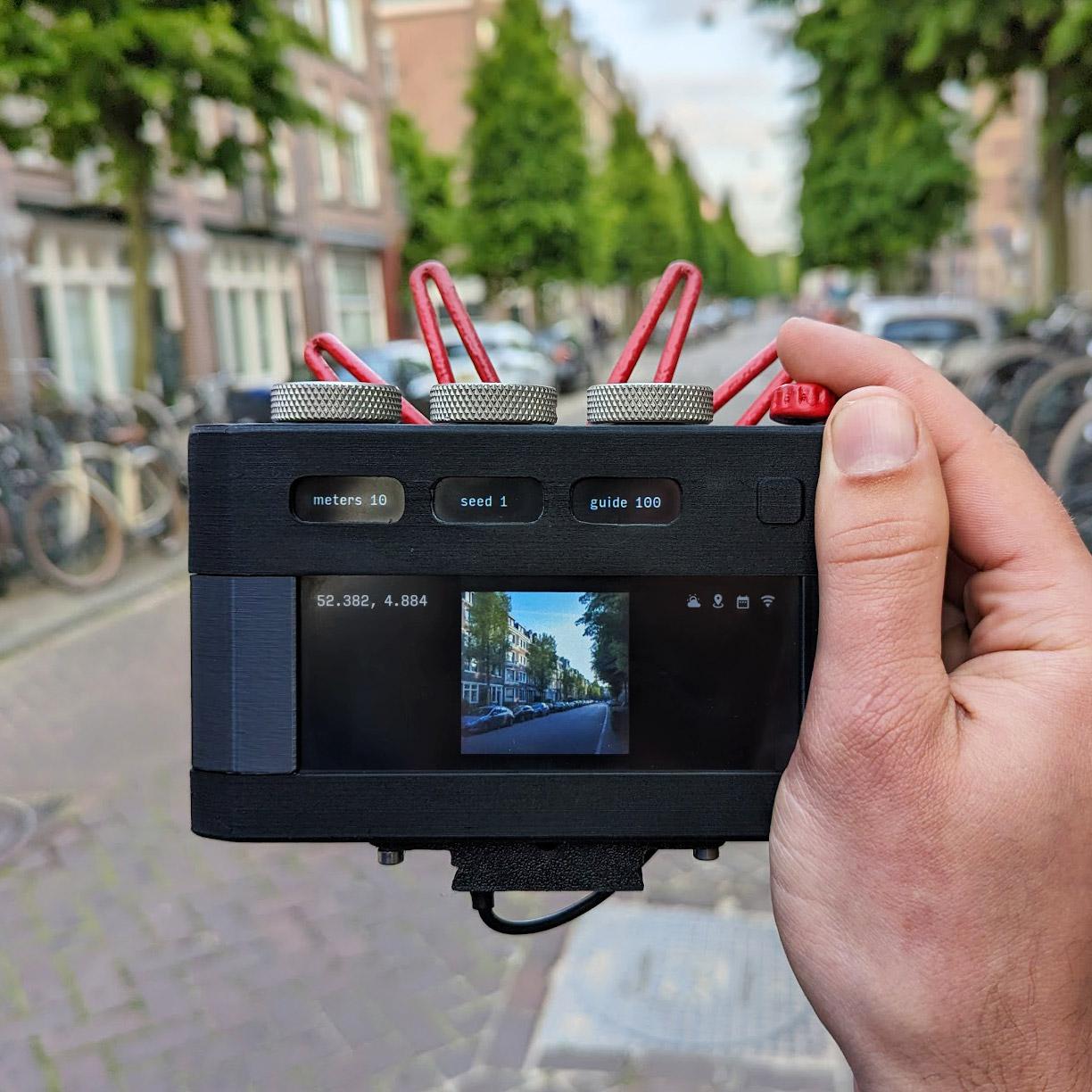
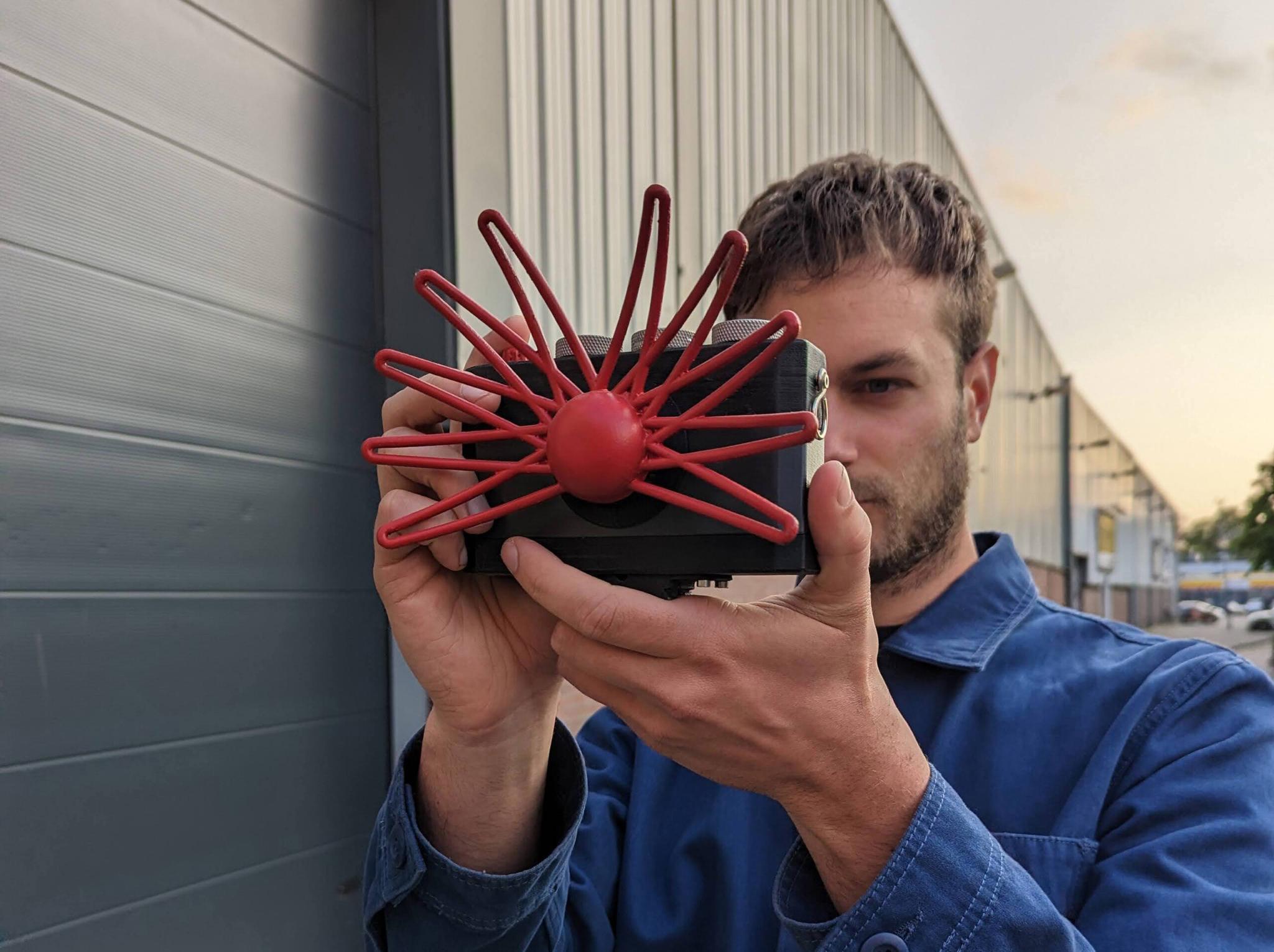
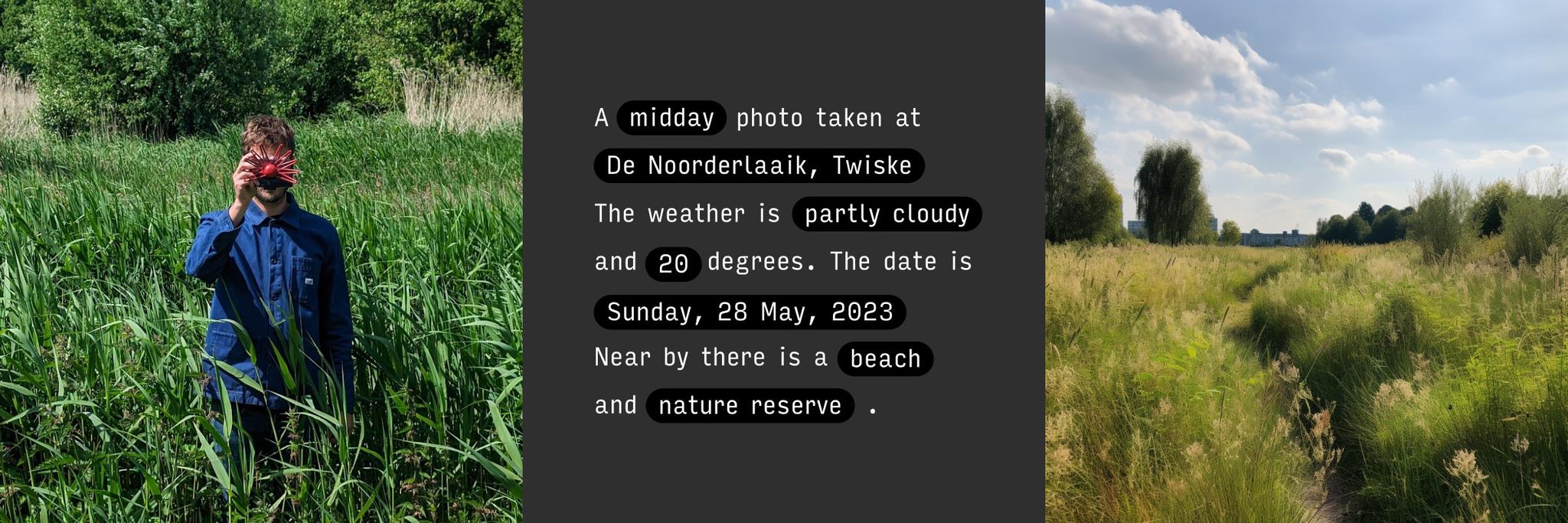
You might be thinking, “only my aunt could mistake an AI-generated photo for one taken by a photographer.” Hmm, I think you might want to rethink that. A few months ago, the winning photograph of a competition in Australia organized by digiDirect was entirely generated using AI. Titled “Summer,” it managed to deceive the jury, who thought the photograph had only been intervened at the traditional post-production level. The studio behind the winning image was Absoluty Ai.

"“Summer”, The winning image from Absolutely AI."
To counter this and strengthen trust in photojournalism, Leica created the first camera that integrates Content Credentials, ensuring the origin of the images. Perhaps the term “Content Credentials” doesn’t ring a bell for you now, but it will surely soon be on everyone’s lips. It’s a technology designed by the Content Authenticity Initiative (CAI), where through the use of metadata and a cryptographic hash, a timeline is created that shows the file’s origin. To better understand, let’s see how it works in the Leica M11-P Camera.
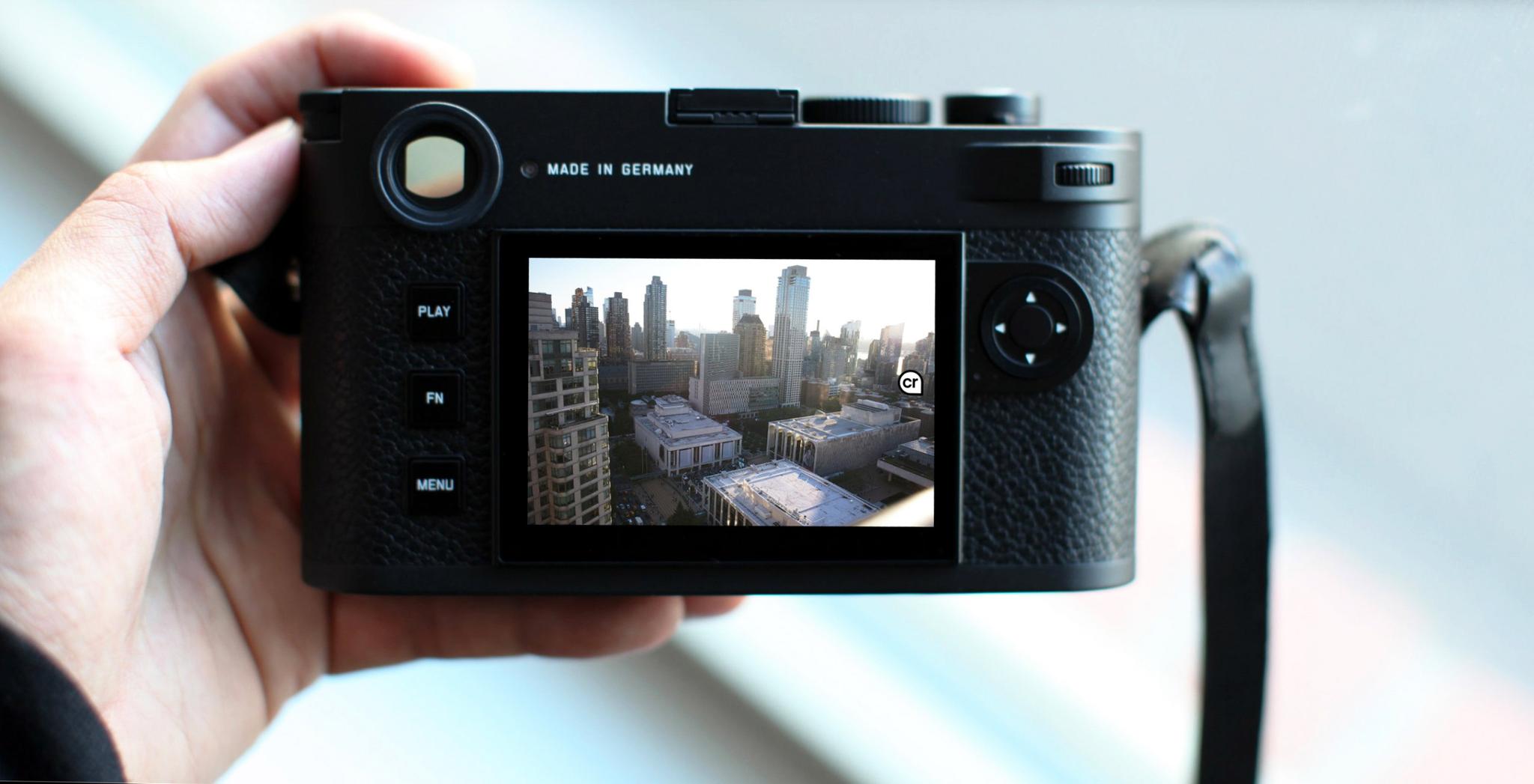

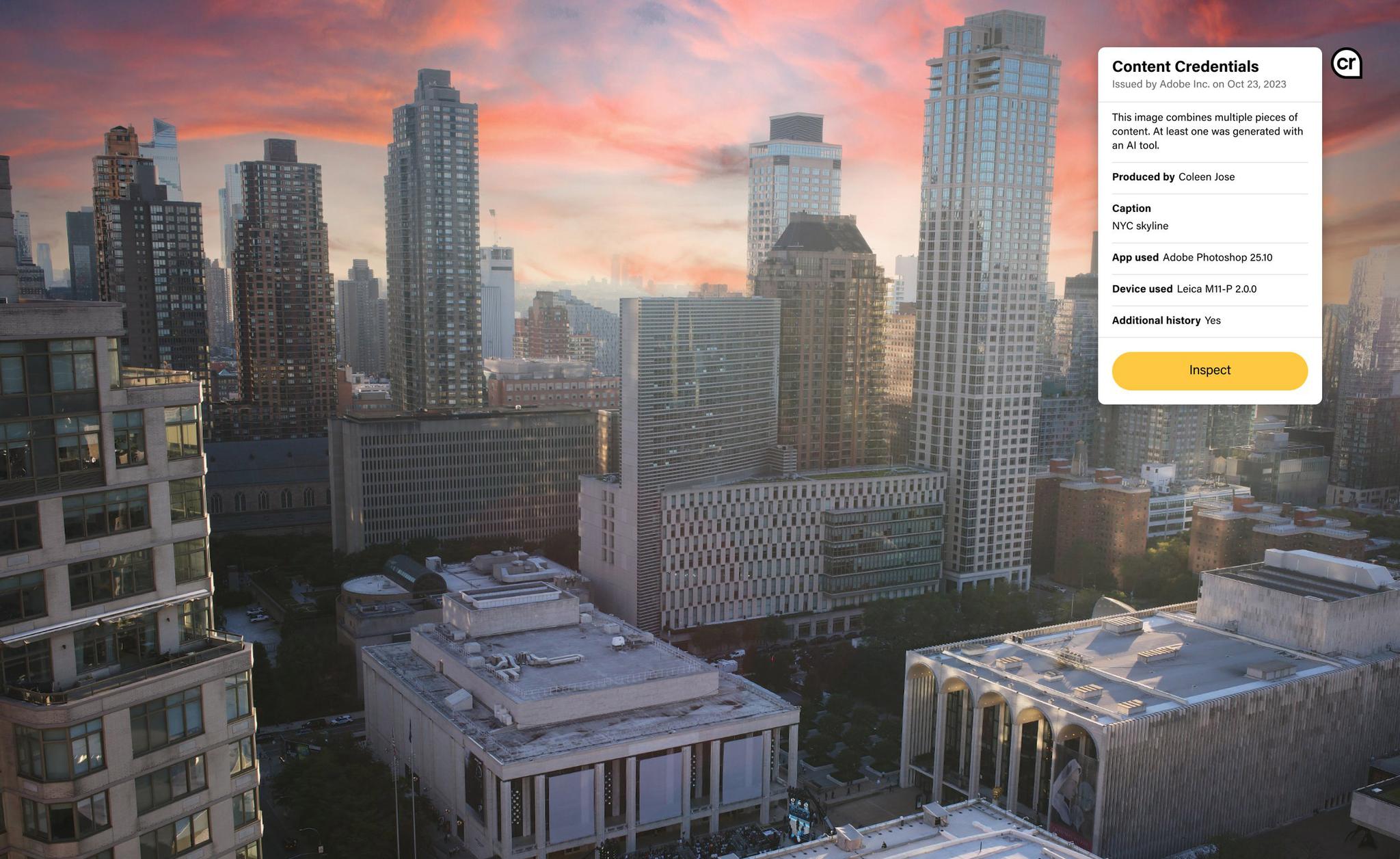
"The best way to understan it is to imagine that cc are breadcrumbs"
The best way to understand it is to imagine that CC are breadcrumbs similar to those used by Hansel and Gretel to mark the way back home. When taking a photo with the Leica M11-P, it generates a kind of forgery-proof digital signature that it stores in its metadata, containing information such as: the camera model, a copy of the image, who captured the photo, and when (breadcrumb 1). Now, imagine that this photo is modified in post-production using Adobe Photoshop. The file will hold another copy of the edited image along with a step-by-step process: color edits, exposure, filter usage, and even the utilization of AI (breadcrumb 2). Once the editing is done, the final result will be published online, for example, in a newspaper. This image continues to hold within it the history from the moment it was captured to the moment it was published (breadcrumb 3). And voilà! This information will be accessible to anyone worldwide simply by uploading the image to the site https://contentcredentials.org/verify or by clicking on the CC icon if the image includes it.
The use of CC marks a before and after in photography, not only by protecting the copyrights of photographers but also by providing users with a way to verify the truthfulness of an image and prevent the spread of misinformation. It is expected that brands like Canon, Nikon, and Sony, belonging to CAI, will soon announce the launch of their own models that will include this technology.
If you want to learn more about the Leica M11-P and Content Credentials, here are some links with more information on these topics:
All images attached to this article are not property of Lorem Ipsum and were crafted by the artists mentioned above.
